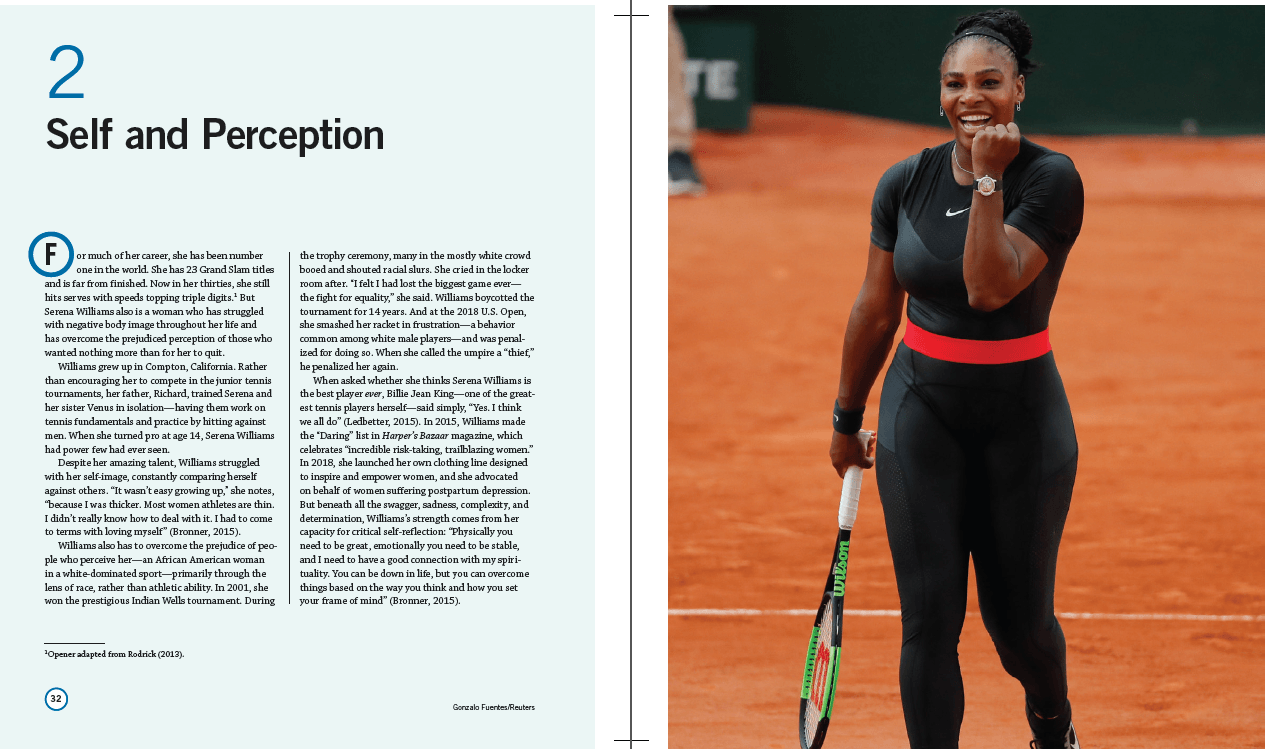-
About
Our Story
back- Our Mission
- Our Leadershio
- Accessibility
- Careers
- Diversity, Equity, Inclusion
- Learning Science
- Sustainability
Our Solutions
back
-
Community
Community
back- Newsroom
- Webinars on Demand
- Digital Community
- The Institute at Macmillan Learning
- English Community
- Psychology Community
- History Community
- Communication Community
- College Success Community
- Economics Community
- Institutional Solutions Community
- Nutrition Community
- Lab Solutions Community
- STEM Community
- Newsroom
- Macmillan Community
- :
- Communication Community
- :
- Communication Blog
Communication Blog
Options
- Mark all as New
- Mark all as Read
- Float this item to the top
- Subscribe
- Bookmark
- Subscribe to RSS Feed
Communication Blog
Showing articles with label Diversity and Inclusion.
Show all articles
Macmillan Employee
10-21-2021
09:42 AM
Loneliness, unhappiness & the connection to interpersonal communication skills
Loneliness is on the rise and has been since the early 2000s. With ongoing concerns about students’ mental health during the pandemic, it’s more important than ever to address the root of the problem: the lack of interpersonal communication.
Why are students more lonely and unhappy than ever? Research from psychologist and Macmillan Learning author David Myers found that while some factors like religion, volunteering and fitness have a slight impact on happiness, the thing that makes the most impact is having satisfying relationships. Not just romantic relationships, but also connections with friends, family, co-workers, and fellow students. The way to develop these meaningful, and sustaining relationships is interpersonal communication.
Addressing the Lack of Interpersonal Communication in the Classroom
It’s challenging to address lack of interpersonal communication when students are more dependent than ever on technology in many aspects of their lives -- from their regular access to social media to their remote classes while they were confined during the pandemic. The screen that has allowed them to connect with people is simultaneously isolating them as well as becoming a scale for self esteem (which is a concept worthy of an entire blog.)
But there are steps instructors can take to help students to establish and enhance interpersonal communications in and beyond the classroom. According to Steven McCornack, Professor at University of Alabama at Birmingham, “Sustaining relationships is a mental health imperative and interpersonal comms is a way to address it.”
8 Tips for Teaching & Developing Interpersonal Skills in Students
Last week’s webinar about interpersonal relationships in a post-COVID world with professors and authors Steven McCormack and Kelly Morrison, Professor of Communication Studies at the University of Alabama at Birmingham hosted by Macmillan Learning introduced some steps that instructors can take both in and out of the classroom to help develop these skills in students. While some tips are specific to Communication classes, others can be used in just about any class. Here are eight tips:
1. Don’t start the semester with a “syllabus day.”
Steven and Kelly start out class with a question: “What is the most important thing that drives your life’s happiness.” This helps develop community within the class and gets the students to start talking. And, for their class in particular, it’s helpful to lead into the content as to why their course on interpersonal communication is important.
2. Use name tags in class for in-person classes.
While many students can identify the faces of the other students in their class, not as many are familiar with their names. Having name tags is like opening a door to say hello, and continues throughout the semester to create community.
3. Have music on before class.
Having music creates an environment that encourages conversations. Steven consults his son on a playlist so that he has the most current music on, whereas Kelly prefers more upbeat music. No matter the kind, music is a great conversation starter.
4. Gently push students not to use devices.
While the screen enables students to connect with each other in the digital space, it is also very isolating -- and not just because students are looking down at their devices instead of engaging with their surroundings hindering conversations. Research correlates social media consumption and social isolation; it’s possible to plot someone's feelings of isolation by monitoring the amount of time per day they spend on social media, in large part because they’re doing social comparisons and feeling worse about themselves.
5. Use the “introduce yourself to a stranger” assignment.
This assignment asks students to introduce themselves to a specified number of people they hadn’t met before either every day or every week. The assignment aspect of it gives students a valid excuse for approaching someone they didn’t know and starting a conversation, helping to remove some of the shyness and intimidation some students may feel. This has led to many students finding common interests or even making new friends, helping them to feel less lonely.
6. Advise students about Self-Discrepancy Theory.
The theory purports that self-esteem, in large part, derives from how we compare ourselves to two standards -- who we believe we should be and what we believe the ideal is. Students’ own self-concept will benefit when they are mindful of their inputs and understand that social media should not function as a scale for self-esteem because many things being posted are fictional and non-attainable. Empower students to know that they alone have the power to change the comparisons, as they reside in their own thoughts.
7. Help get conversations started.
Students can engage with each other in discussion boards or in breakout rooms, giving them the ability to connect with and learn from each other. Instructors can use ice-breaker questions like “what would the title of your life’s story be, and why” to allow students to better get to know each other.
8. Use video.
In addition to being more efficient than sending emails back and forth for hours on end, video conferencing with students helps to build connections with instructors and each other. Instructors can meet with students individually or in small groups. In asynchronous classes, video introductions can be used to allow students to get to know each other and discover common interests.
How Do You Promote Interpersonal Skills in Your Classroom?
As an Interpersonal Communications instructor, Kelly opens her classes by underscoring the importance of having sustaining relationships, and the steps outlined above are some ways to nurture their development, but that’s just one of many options. These eight ideas are some of many designed to help support the development of interpersonal communications -- leading to happier and more successful students. The close relationships that students develop, more than money or fame, are what keep people them throughout their lives. “The way that students can get there is through interpersonal communication,” she noted.
What tips or activities do you promote in your classroom for helping students develop interpersonal communication skills? Tell us in the comments below! To watch the full webinar and access the slide deck, click here. Learn more & request a copy of Steve and Kelly’s new edition of Reflect and Relate: An Introduction to Interpersonal.
... View more
Labels
-
Class Activities
-
Diversity and Inclusion
-
Human Communication
0
0
2,902
Topics
-
Class Activities
2 -
Diversity and Inclusion
1 -
Human Communication
4 -
Mass Communication
1 -
Media Studies
1 -
Public Speaking
2
Popular Posts
Color Theory in Everyday Life
adam_leipzig
Migrated Account
3
0
A Five-Step Model for Speech Preparation
joseph_ortiz
Migrated Account
2
0
Meet the Author - Joshua Gunn
catherine_burge
Macmillan Employee
2
0







